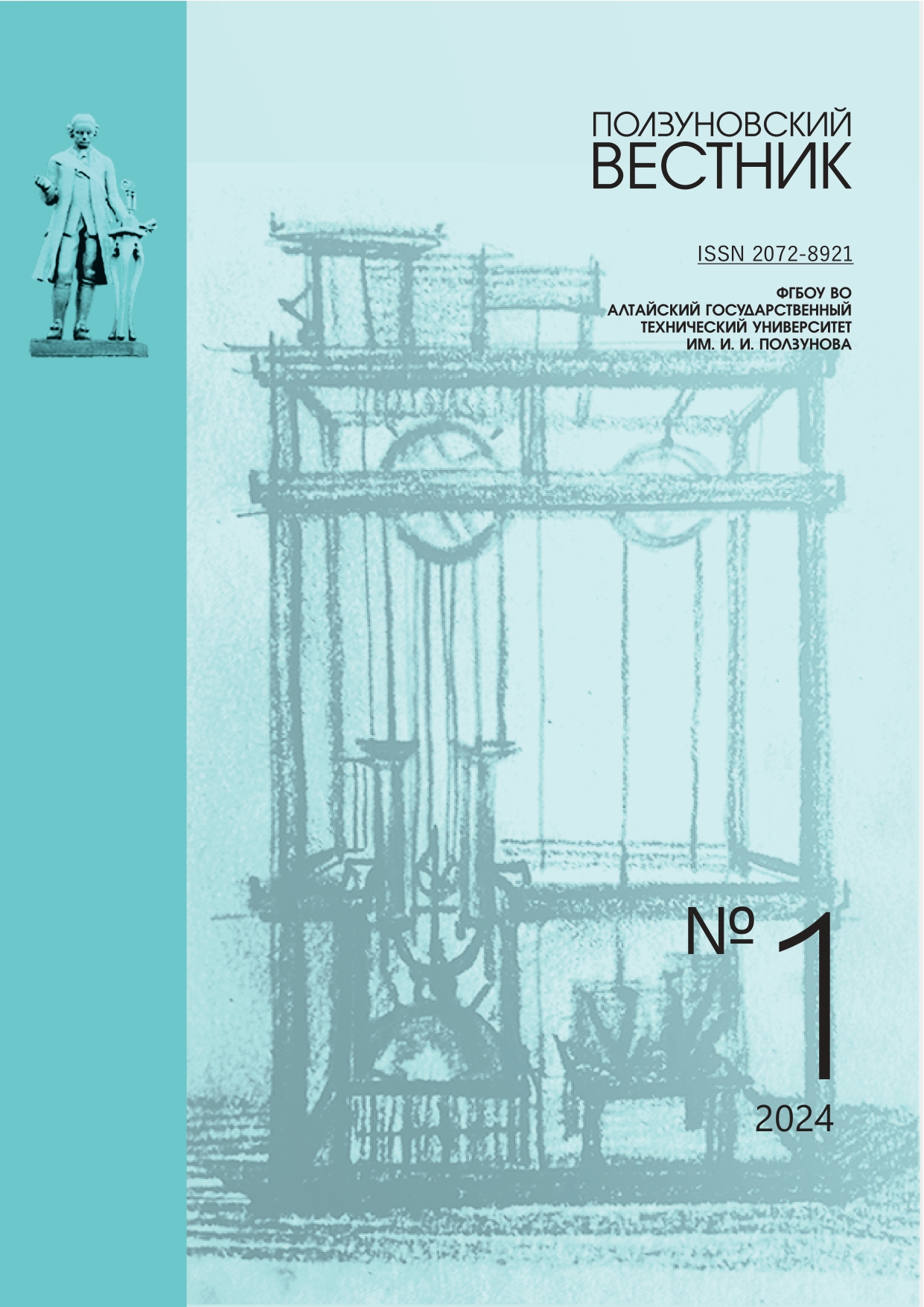A STUDY OF THE INFLUENCE OF BORPOLYMER ON THE PROPERTIES OF ULTRA-HIGH MOLECULAR POLYETH-YLENE
OQEZLU
DOI:
https://doi.org/10.25712/ASTU.2072-8921.2024.01.024Keywords:
polymer composite material, polymer-polymer composite materials, composite, ultra-high molecular weight polyethylene, borpolymerAbstract
The paper considers the influence of a borpolymer in a viscous state on the mechanical, tribological and thermodynamic properties of polymer-polymer composite materials based on ultra-high molecular weight polyethylene. The results obtained are substantiated and supplemented by studies of the structure of composites by IR spectroscopy and scanning electron microscopy. The borpolymer was dissolved using an organic solvent based on an epoxy anhydride binder. Analysis using IR spectroscopy showed that the solvent mainly contains epoxy, formaldehyde, aldehyde, and hydroxyl groups. The polymer powder and the weighed portion of the borpolymer were mixed in a paddle mixer, and then the resulting mixtures were processed by hot pressing to obtain composites. The results of studying the properties of samples indicate that the introduction of borpolymer in a viscous state leads to an increase in mechanical properties. It is noted that composites containing borpolymer are characterized by an increase in tensile strength by 44% and an increase in elasticity modulus by 62% relative to the initial polymer. The results obtained are explained by structural studies. The supramolecular structure of comporites at lower botpolymer contents is characterized by the formation of a spherulite structure. An increase in the concentration of the borpolymers in polymer matrix leads to loosening and disordering of the structure (“amorphization”). This is confirmed by studies using differential scanning calorimetry, in which a decrease in the degree of crystallinity by 7-12% and a decrease in the enthalpy of melting by 6-12% relative to the polymer matrix was noted. Tribological tests show a decrease in the coefficient of friction by 21%, which is due to the influence of borpolymer as a lubricant in friction processes, facilitating the sliding of the material over the surface of the steel counterbody. The morphology of the friction surface and IR spectra confirm the results obtained, since the borpolymer actively participates in tribochemical processes with the formation of a secondary structure on the friction surface of the composite.
References
Разработка износостойких полимерполимерных композиционных материалов на основе СВМПЭ / С.Н. Данилова [и др.]. // Природные ресурсы Арктики и Субарктики. 2020. Т. 25, № 3. С. 130-142. doi 10.31242/2618-9712-2020-25-3-X.
Самоармированные полимерные композиты – классификация, получение, механические свойства и применение (обзор) / Д.В. Севастьянов [и др.]. // Труды ВИАМ. 2017. № 4 (52). C. 104–118. doi 10.18577/2307-6046-2017-0-4-12-12.
Abdalla M.O., Ludwick A., Mitchell T. Boron-Modified Phenolic Resins for High Performance Applications // Polymer. 2003. Vol. 44, N 24. P. 7353-7359. doi 10.1016/j.polymer.2003.09.019.
Recent Advances in Boron-Containing Conjugated Porous Polymers / F. Qiu [et al.] // Polymers. 2016. Vol. 8, N 5. P. 191. doi 10.3390/polym8050191.
Kurt R., Mengeloglu F., Meric H. The Effects of Boron Compounds Synergists with Ammonium Polyphosphate on Mechanical Properties and Burning Rates of Wood-HDPE Polymer Composites // European Journal of Wood and Wood Products. 2012. Vol. 70, N 1-3. P. 177-182. doi 10.1007/s00107-011-0534-2.
Synthesis and Properties of Graphene Oxide–Boron-Modified Phenolic Resin Composites / X. Yi [et al.] // High Performance Polymers. 2016. Vol. 28, N 5. P. 505-517. doi 10.1177/0954008315587953.
Wang D.C., Chang G.W., Chen Y. Preparation and Thermal Stability of Boron-Containing Phenolic Resin/Clay Nanocomposites // Polymer Degradation and Stability. 2008. Vol. 93, N 1. P. 125-133. doi 10.1016/j.polymdegradstab.2007.10.021.
A Study of the Modifying Effect of Additions of Boric Acid Polymethylene-p-Triphenyl Ester in Rubber-Based Polymer Composites. Part 3 / D.V. Korabel’nikov [et al.] // International Polymer Science and Technology. 2016. Vol. 43, N 2. P. 11-14. doi 10.1177/0307174X160430020.
Androshchuk A.A., Lenskii M.A., Belousov A.M. The Interaction of Polyesters and Polymethylene Esters of Phenols and Boric Acid with Epoxy Resin // International Polymer Science and Technology. 2011. Vol. 38, N 1. P. 33-36. doi 10.1177/0307174X1103800107.
Исследование процесса растворения борполимера в эпоксиангидридном связующем / А.Г. Туисов [и др.] // Ползуновский вестник. 2020. № 4. С. 117-120. doi 10.25712/ASTU.2072-8921.2020.04.022.
Nandiyanto A.B.D., Oktiani R., Ragadhita R. How to Read and Interpret FTIR Spectroscope of Organic Material // Indonesian Journal of Science and Technology. 2019. Vol. 4, N 1. P. 97-118. doi 10.17509/ijost.v4i1.15806.
Shurvell H.F., Faniran J.A. Infrared Spectra of Triphenylboron and Triphenylborate // Canadian Journal of Chemistry. 1968. Vol. 46, N 12. P. 2081-2087.
Multifold interface and multilevel crack propagation mechanisms of graphene oxide/polyurethane/epoxy membranes interlaminar-toughened carbon fiber-reinforced polymer composites / Li B. [et al.] // Journal of Materials Science. 2018. Vol. 53. P. 15939-15951. doi 10.1007/s10853-018-2753-y.
Peacock A.J. Handbook of polyethylene: structures: properties, and applications. Boca Raton: CRCpres, 2000. 544 p.
Downloads
Published
How to Cite
Issue
Section
License
Copyright (c) 2024 Sakhayana N. Danilova, Elene S. Efimova, Nadezhda N.Lazareva, Aitalina A. Okhlopkova, Aleksei G. Tuisov

This work is licensed under a Creative Commons Attribution 4.0 International License.















 .
. This work is licensed under a
This work is licensed under a 
